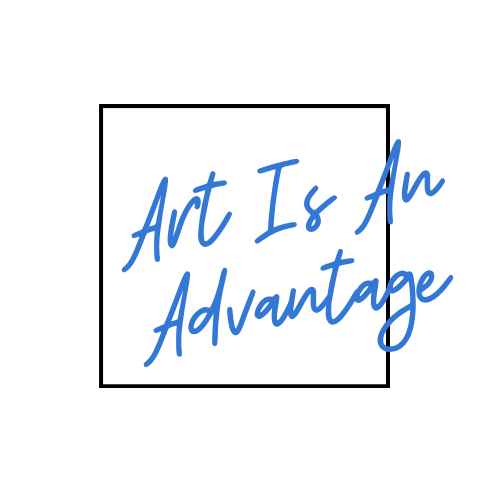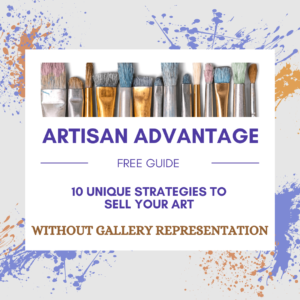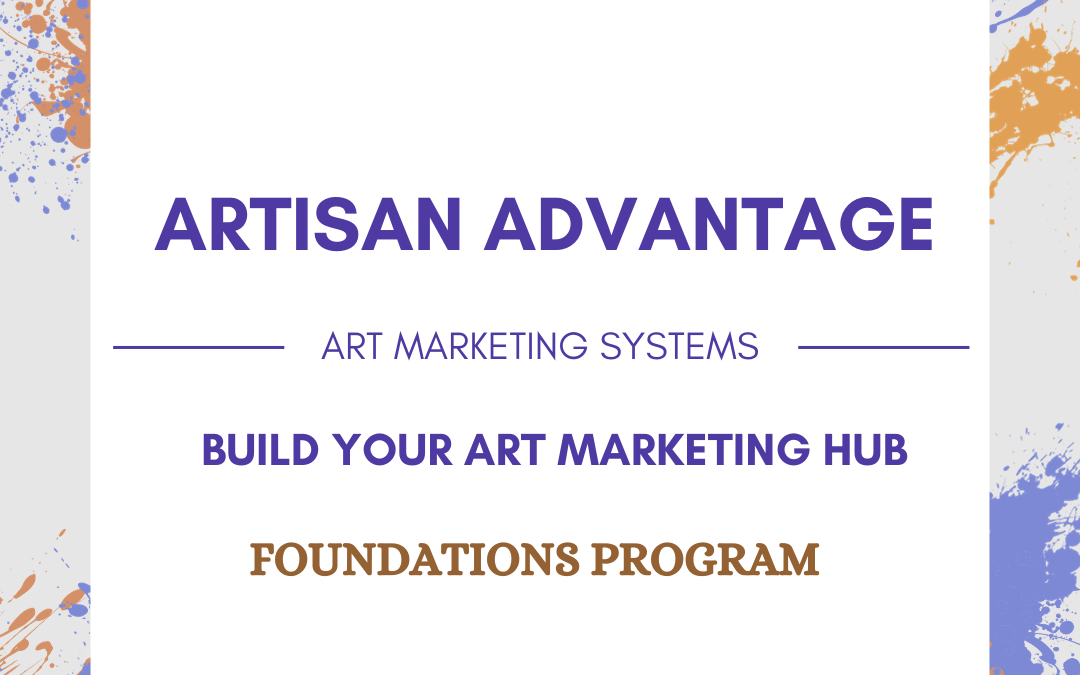
by Rebecca Sciullo | Jan 18, 2024 | Events, Learning, Your Hub
Build Your Art Marketing Hub – Pilot Program
Are you interested in organizing your art marketing efforts? Could you use a better system to find and reach out to your fans, followers and customers?
The Build Your Art Marketing Hub program helps artists transform their website into the centerpiece of an art marketing system that supports their business and career goals.
This program teaches artists how to make their websites the hub of a practical and strategic art marketing system while making it easier to deal with technology and save time. It suits artists working with different website builders like Square, WordPress, or Wix, as well as those who have yet to build a website.
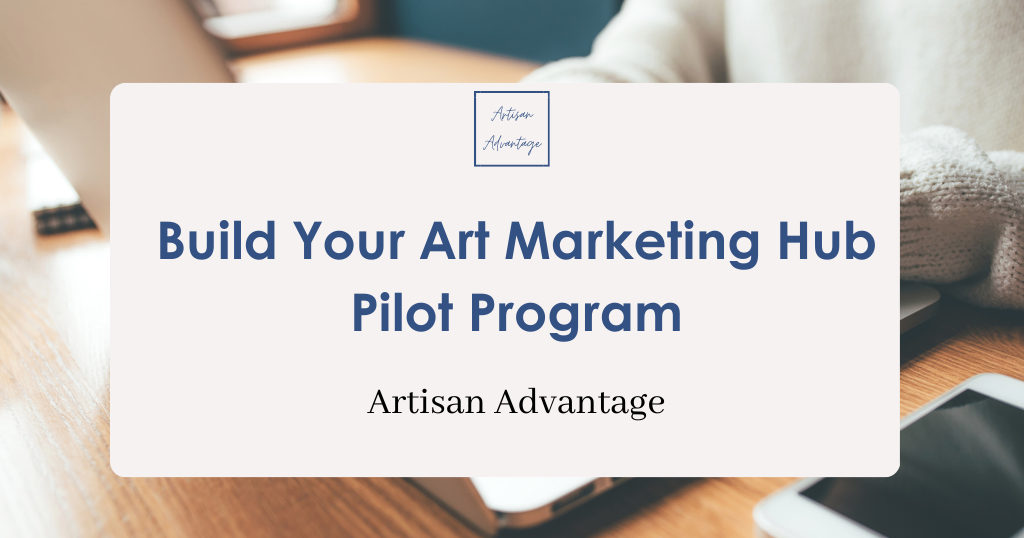
Join the Pilot Program
The Pilot program is a precursor to a three-part web-based program – Foundations of an Art Marketing System. This Pilot will take a small group through the first part of the program. The feedback from the Pilot will help in the final creation of the three-part program.
The program will offer live teaching sessions every two weeks, with supplemental materials and assignments to complete between the live sessions. Artists will also receive a recording of the live sessions.
Benefits of Participating in the Pilot Program
As a pilot participant, you will enjoy the following benefits:
Discounted Pricing
You will have access to the program at a special discounted rate of $199, compared to the Course price of $495.
Direct Assistance
The pilot program has a limited enrollment of 15 artists, allowing me to assist you directly as you build your hub during the eight-week course.
First-Dibs at Future Pilot Programs
Participation in this Pilot guarantees you a spot if you want it in the following two-course pilots,
By participating early on, you not only avail yourself of valuable insights and strategies to enhance your art marketing but also contribute to the refinement of the program for future artists.
Program Format
Live Presentations Every Two Weeks (Recordings provided)
Every two weeks, a live presentation will kick off each module.
Between the live presentations, you will have access to resources and supplemental material to complete the action steps for that module.
Weekly Office Hours
I will be available via Zoom for live Q&A and hands-on help every week.
Email Support
I will be available via email to answer questions from 8 am to 5 pm EST, Monday through Friday.
Timing
The pilot program kicks off on Friday, February 9th. This will be the date for the first class. You will have access to the recording if you cannot attend on the 2nd.
To secure your spot as one of the participants, please register below. I will provide further details closer to the date to ensure you have all the information you need to prepare for the course.
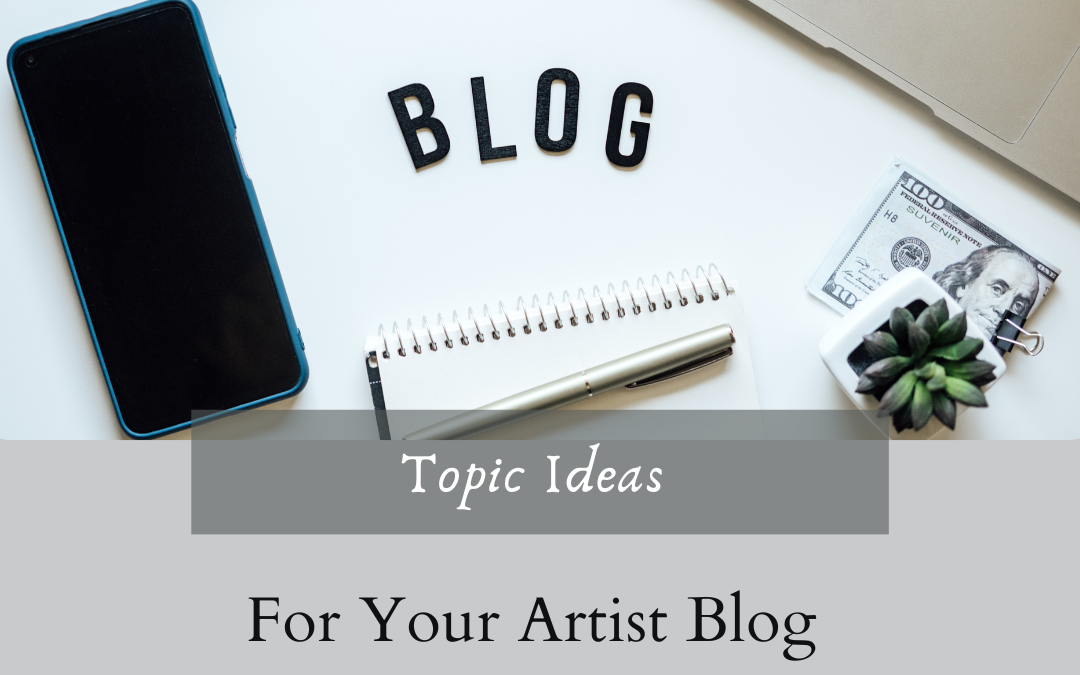
by Rebecca Sciullo | Dec 5, 2023 | Blogging, Your Hub
Ideas for Blogging about Your Art Business
Blogging is an invaluable tool for you to make a connection with your audience. Yet, deciding on blog topics often poses a challenge. Here are twelve ideas to try on your artist blog.
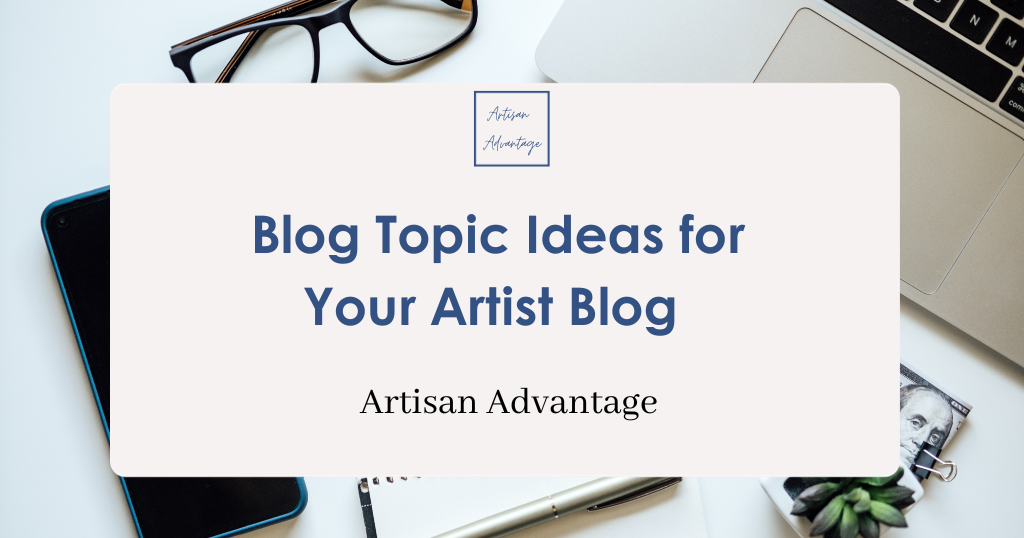
1 – Artistic Process Insights
Reveal your creative journey from inception to finished artwork. Share materials, techniques, and emotions that drive your art. For example, Artist Amy D’Apice showcases her process on the Art Conspiracy Blog.
2 – Art Tutorials
Educate your audience with step-by-step tutorials or video demonstrations, empowering followers to enhance their artistic skills. Check out tutorials like those by Maria B. Paints and Katrina Crouch.
3 – Artist Interviews
Collaborate with fellow artists, spotlighting their work, experiences, and creative philosophies. This content introduces readers to new talent and expands your network. Here is an example from Auntie Betty Illustration.
4 – Artistic Challenges
Document your exploration into new styles, mediums, or themes. Share the journey and growth this challenge brings, like Scott Young’s Portrait Challenge.
5 – Art in Daily Life
illustrate how art influences your everyday life, from home decor to fashion, reflecting your artistic perspective.
6 – Art History and Influences
Write about artists, art movements, or historical periods that inspire your work. Explore the connections between your art and the broader artistic world such as this post by Adrian Reynolds.
7 – Exhibition and Event Updates
Keep your audience informed about upcoming exhibitions, art fairs, or events. Share experiences and thoughts about each event, like those these by Clara Nartey, Mea Rhee, and Sarah Soward.
8 – Art Book and Product Reviews
Offer honest insights into books, tools, or products that have impacted your artistic journey.
9 – Personal Growth and Reflection
Share personal stories shaping your artistry. Explore how art has facilitated personal growth and learning experiences.
10 – Artistic Challenges from Readers
Engage your audience by encouraging them to suggest themes or challenges for your artwork.
11 – Artistic Philosophy
Delve deeper into the meaning behind your art. Discuss themes, symbolism, and messages embedded in your work.
12 – Share Awards and Accomplishments
Celebrate business milestones, awards, or media features to showcase your achievements like Robin Maria Pedro.
Remember, consistency is essential in blogging. Establish a posting schedule that suits you and engage with your readers to build a supportive community around your art.
Want more ideas and help for your art business? Join the Artisan Advantage weekly information drop here.
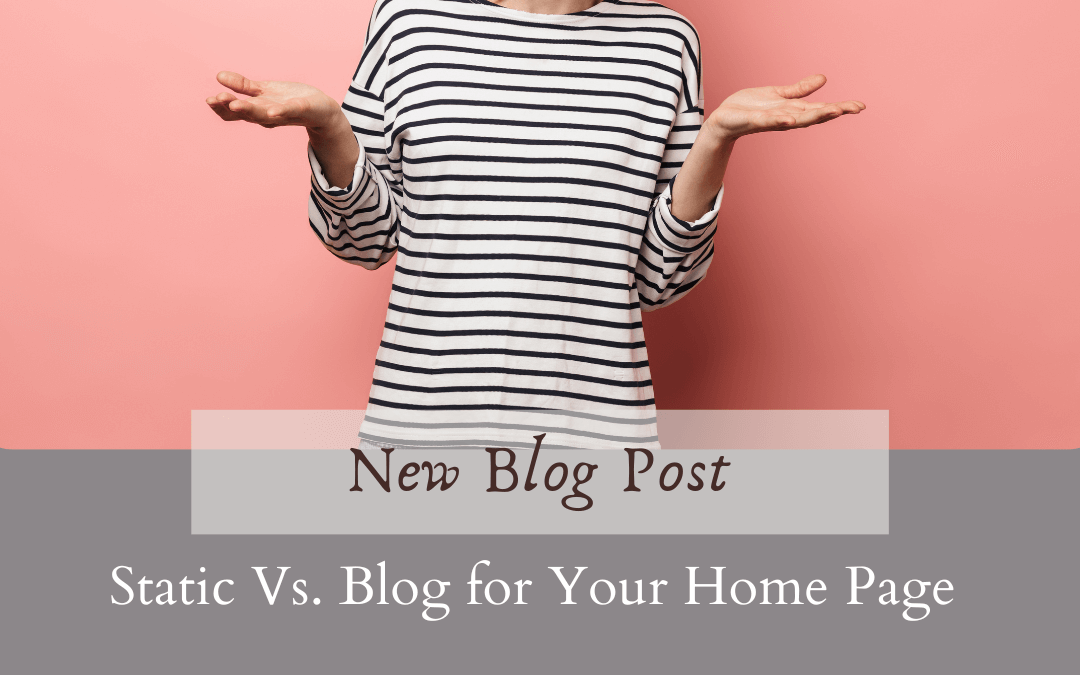
by Rebecca Sciullo | Nov 3, 2023 | Artist Websites, Your Hub
Choosing the Right Home Page for Your Website
Your website’s home page is like the front door to your online presence, and making a great first impression is important. If you’ve attended any of my art marketing programs, you know that I always encourage artists to add a blog page to their website. If you have a blog page on your site, you need to decide if it will serve as your home page or if you will use a static welcome page. For example, artist Robert Yonke uses his blog page as the home page on the WordPress.com platform. Or, using the same platform, artist Carolyn Haas has chosen a static page as her home page and her blog is found on “The Stories” page.
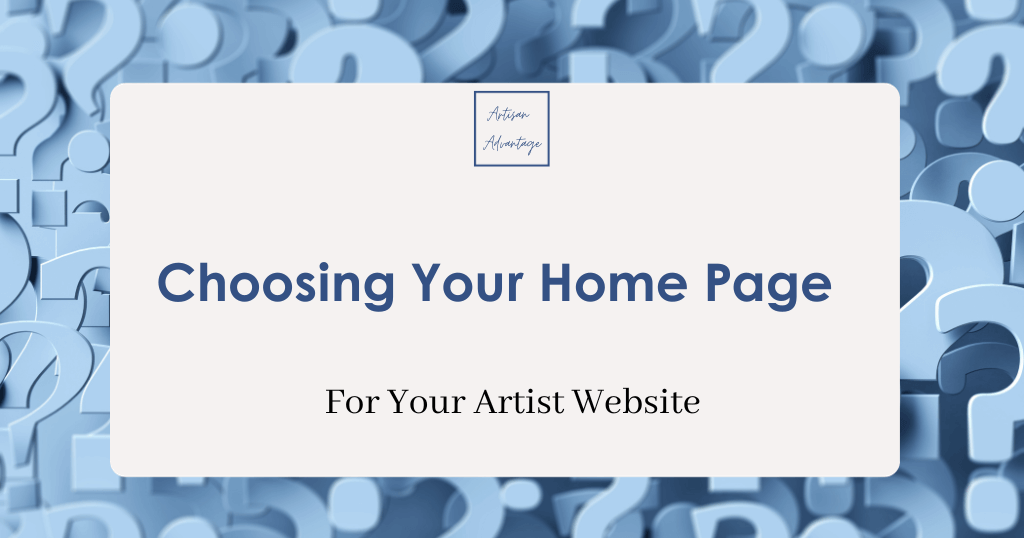
There’s no one-size-fits-all answer when deciding between a static page or a blog page for your website’s home page. It depends on your goals, content strategy, and audience. Let’s explore the advantages of both options:
Benefits of a Static Page as Your Home Page
Clear Brand Identity
A static home page can prominently display who you are as an artist and what you offer. It’s ideal for an artist looking to establish a strong online presence.
Focused Call to Action (CTA)
You can direct visitors’ attention to a single, prominent call-to-action (CTA). CTAs might include signing up for a newsletter, attending an event, or contacting you.
Timeless Content
A static page can offer content that doesn’t require frequent updates, making it a good choice for information that doesn’t change frequently.
Benefits of a Blog Page as Your Home Page
Fresh Content
A blog page showcases your website’s latest content, including new work, demonstrating that you are an active artist. And it also shows that your website is updated frequently, which can improve search engine rankings.
Engagement
Your blog offers an opportunity for interaction with your audience through comments and social sharing, fostering a sense of community.
Demonstrate Experience and Credibility
By showcasing new work, news, accolades, and projects, a blog helps to build credibility over time, which can grow your audience base and open up opportunities.
The Good News
The good news is that most website platforms allow you to switch between different page types easily.
Choosing between a static or blog page as your home page hinges on your website’s purpose. A static page may be the way to go if you prioritize a static, clear brand message and a focused CTA. However, a blog page is the better choice if you want to engage your audience with fresh content and build credibility regularly. Consider your goals, audience, and content strategy to determine which option aligns best with your website’s purpose and mission. If your strategy changes, you can always switch your home page.
Would you like more information to help with your art business AND invitations to free art marketing events? Join my weekly email newsletter here.
This post contains affiliate links which means I receive a small commission if you make a purchase using the link. For more information, see my full terms here.
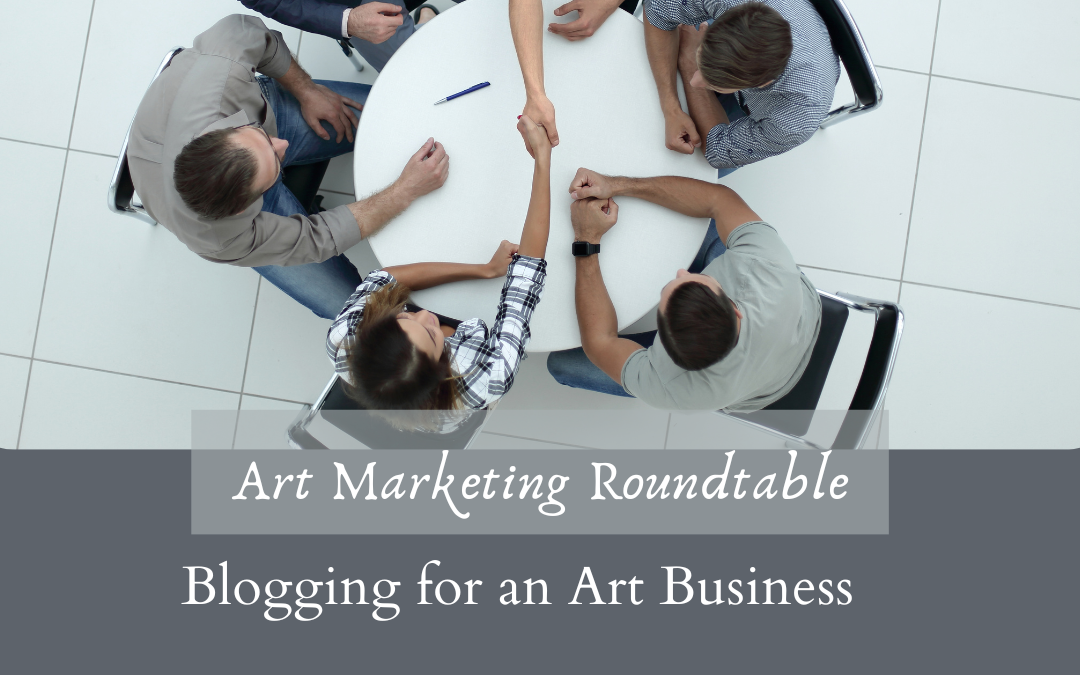
by Rebecca Sciullo | Sep 6, 2023 | Events, Your Hub
Join in An Art Marketing Roundtable about Blogging for Your Art Business
As a visual artist, you pour your time, energy and money into your creations. But how do you get people to notice your work? Consider adding a blog to your marketing mix, where you can share your work, connect with your audience, and ultimately boost your art business.
Blogging is an often overlooked and misunderstood tool for artists.
Blogging isn’t just about writing—it’s about weaving a narrative around your art and creating a digital space where your creativity can flourish.
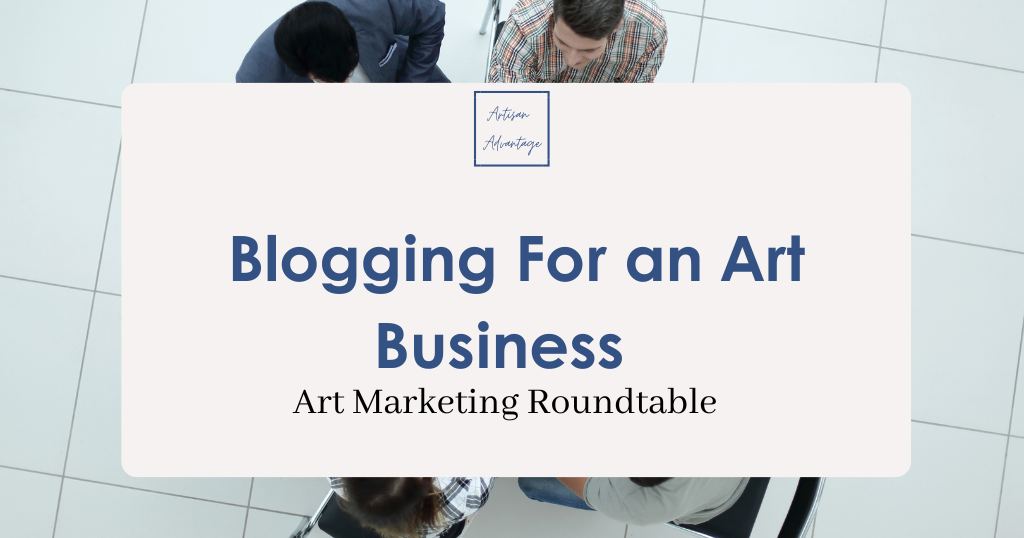
Understand the Challenges
At September’s Art Marketing Roundtable, we will discuss some common challenges around blogging.
Lack of clarity
Many artists need help deciding what to blog about. But, in reality, artists have many worthwhile things to share with their audience. Sometimes, it takes a little time and thought to hash them out to develop a content plan.
Maintaining Consistency
Starting a blog is easy, but maintaining a consistent schedule is harder. With some simple planning, you can avoid writer’s block and stay on track with your blogging tool.
Fear
Sharing your personal stories and creations can leave you feeling vulnerable. How do you conquer the fear of putting your work out there?
Time!
Amidst the commitments of an artist’s life, finding time to blog can be challenging. How can you balance your studio time with your marketing efforts.
The impact of these challenges can be profound. Inconsistent blogging may lead to an unclear online presence, a lack of engagement with your audience, and slow business growth.
Overcoming the Challenges
Here are some strategies we will discuss to help overcome these challenges.
Creating an Editorial Calendar
Plan your blog posts ahead of time. Set achievable goals and maintain a consistent posting schedule to engage your audience.
Build Credibility Through Blogging
Your unique perspective as an artist is valuable. Sharing events, accomplishments, and new work consistently with your audience helps to build credibility.
Time Management
Block out specific time in your schedule for marketing, including your blogging, just as you do for your studio time. Prioritize tasks and eliminate distractions to stay focused.
Find Tools and Resources
Arming yourself with the right tools can make your blogging go smoother. At this roundtable, we will cover all these topics and some simple tools that can help the process.
What’s An Art Marketing Roundtable?
Art Marketing Roundtables are casual but informative events where artists join together around a topic to help their art business. You can participate as much as you like or just listen in.
These are free events via Zoom.
Register Here!

by Rebecca Sciullo | Jun 20, 2023 | Events, Learning, Planning, Productivity, Your Hub
Do you have a business plan for your art business? It might not be that unusual that you don’t. If you started selling your art as a side business and fell into it, as sometimes happens, you may not have one. Or, maybe you’ve been so busy working between producing work and marketing that you haven’t reviewed your plans in a while. The good news is that there is always time.
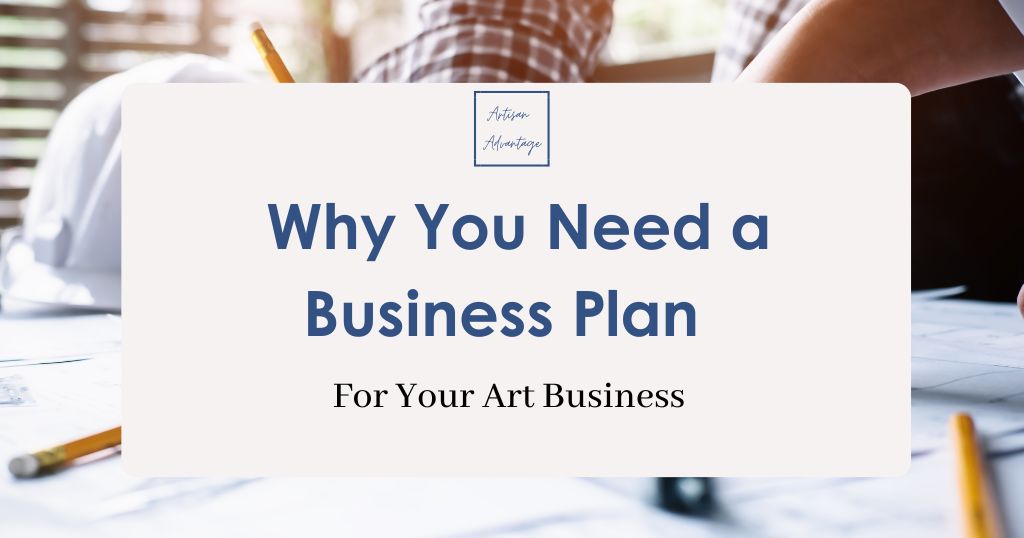
Reasons to consider writing or revamping your art business plan.
You need a strategic approach combining your artistic vision with a well-designed business plan to succeed. Here are some things a solid business plan will do for you.
A good plan ensures you to treat your art as a business. Many artists need help viewing their creative pursuits as a business, fearing that it might dilute their artistic integrity. Treating art as a business helps you to establish a professional framework, enabling you to focus on goals, identify target audiences, and allocate resources effectively.
Setting clear goals gives you a roadmap to success. By outlining your vision, then short-term and long-term plans, you can stay focused, measure progress, and adapt your strategies accordingly.
A business plan helps you to manage your finances. Your financial stability is vital for sustaining a creative endeavor. With a clear understanding of their finances, artists can invest wisely in their art and secure a stable income.
Your plan outlines effective marketing strategies. An effective business plan helps you identify a target market and develop effective marketing strategies, allowing you to tailor artistic offerings, craft persuasive messages, and utilize appropriate marketing channels, maximizing your reach and exposure.
It gives you accountability. There is something about putting your plans into writing that takes you one step further to sticking to them. Share them with a partner or colleague, and your commitment to seeing the plan through will increase.
Creativity at the Core, But Planning is Essential
While creativity remains at the core of your work, having a well-designed business plan is essential for sustainable success. It provides a strategic framework to support your vision, helps manage finances, enables effective marketing, and increases accountability. Unlock your full potential and create a solid foundation for your art business by investing time and effort into crafting a comprehensive business plan.
It’s Never Too Late to Plan
Join a free art marketing round table, where we will discuss doing a mid-year business review, productivity, and time management for artists.
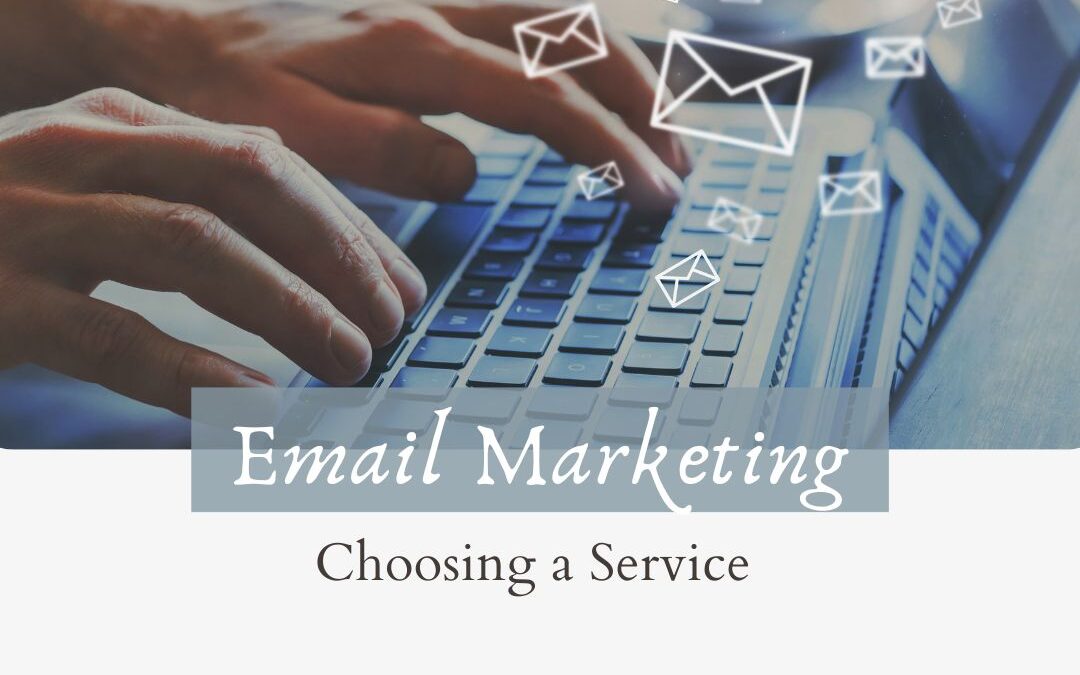
by Rebecca Sciullo | May 4, 2023 | Artist Websites, Learning, Tools, Your Hub
Promote Your Art Business with Email Marketing
Email marketing has become an important for businesses, including art businesses. Sending targeted, well-designed emails to your customers and subscribers can help you build relationships, promote your artwork, and boost sales. However, with the wide selection of email marketing services available, how do you select the right one for your art business?
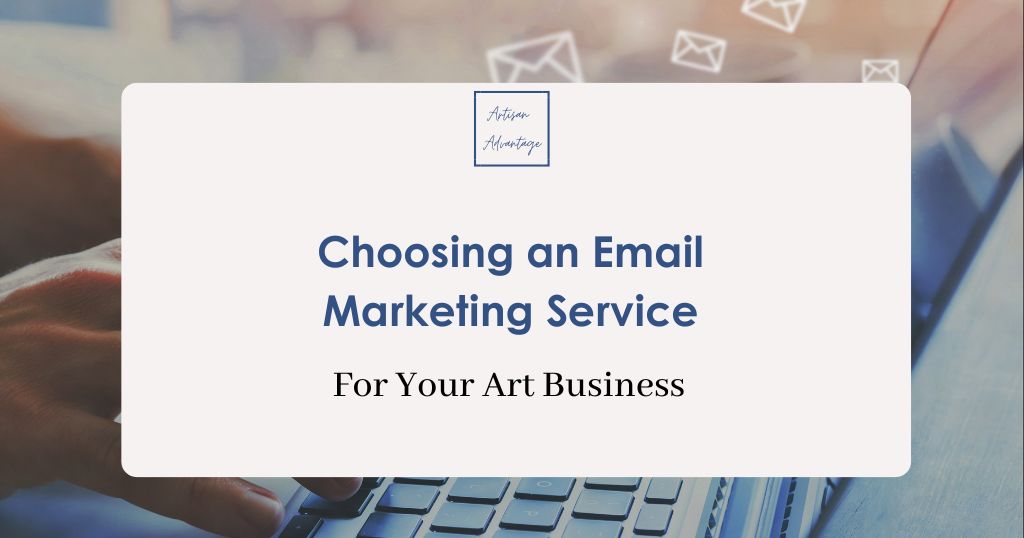
Identify your email marketing goals
Before diving into the selection process, assessing your art business goals and how your email marketing will support them is important.
Consider your budget
Email marketing services come in different pricing plans, from free to expensive. Starting with a free service should be fine if you are just getting started. Some services charge based on the number of subscribers or the number of emails sent, while others have a fixed monthly fee. Different services offer different features at various pricing plans, so you should be able to find one that meets your budget.
Evaluate the features
Different email marketing services offer different features. Some key features include email templates, list management, automation, segmentation, A/B testing, analytics, and integrations with other tools. List the features you need and compare them across different services.
Check the deliverability rate
The deliverability rate is the percentage of emails that reach your subscribers’ inboxes. A high deliverability rate is crucial to the success of your email marketing campaigns. Look for a service with a good reputation for deliverability and measures to prevent your emails from being marked as spam. This article from EmailToolTester reviews popular services for their deliverability rate.
Try before you buy
Most email marketing services offer a free trial or plan with limited features. Take advantage of this to test the service and see if it meets your needs. Make sure to test all the features you need and evaluate the platform’s ease of use.
Look for user reviews
Finally, look for user reviews of the email marketing service you’re considering. User reviews can provide valuable insights into the service’s strengths, weaknesses, and user experience.
Just Start!
In conclusion, choosing a reliable marketing service is important, but even more crucial is just starting. Use these tips as a guide, but avoid getting too bogged down with analysis. Searching online will find you many review on different services. I used Mailchimp for years and recently switched to MailerLite, and it was an easy transition. You can always do the same.
Get the Artist’s Email Marketing Checklist
Would you like more information like this to help your art business sent directly to your inbox? Then, please join my email newsletter here, and as a thank you, I”ll send you an Artist’s Email Marketing Checklist.


